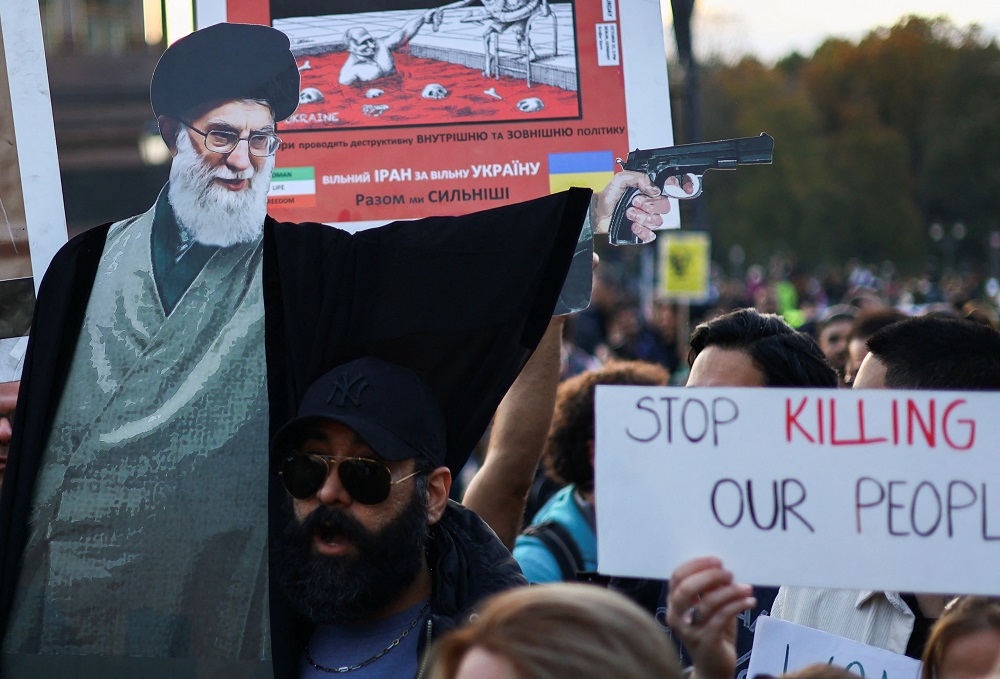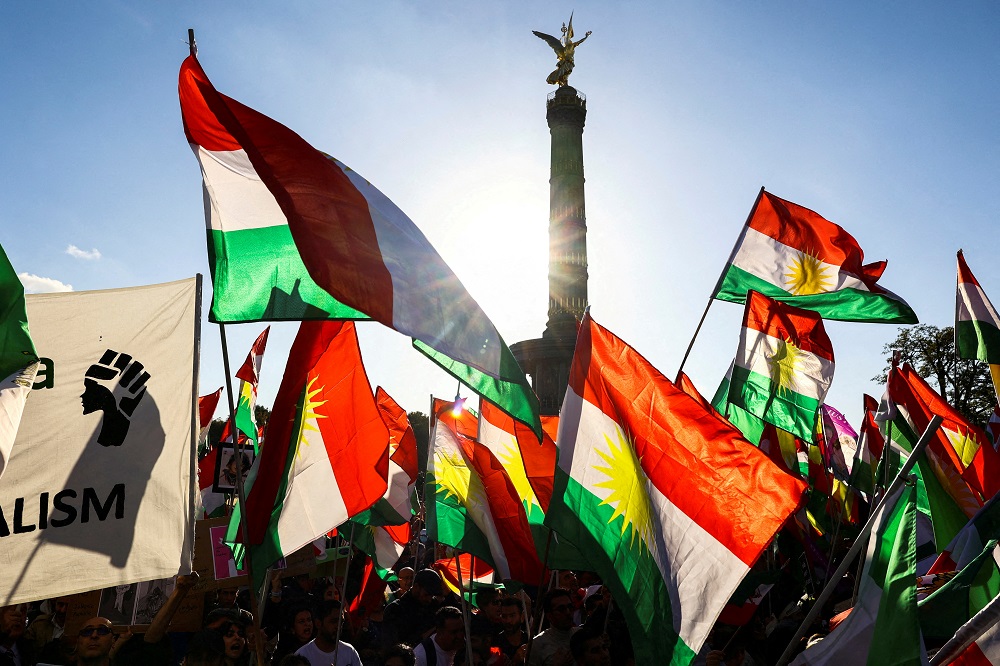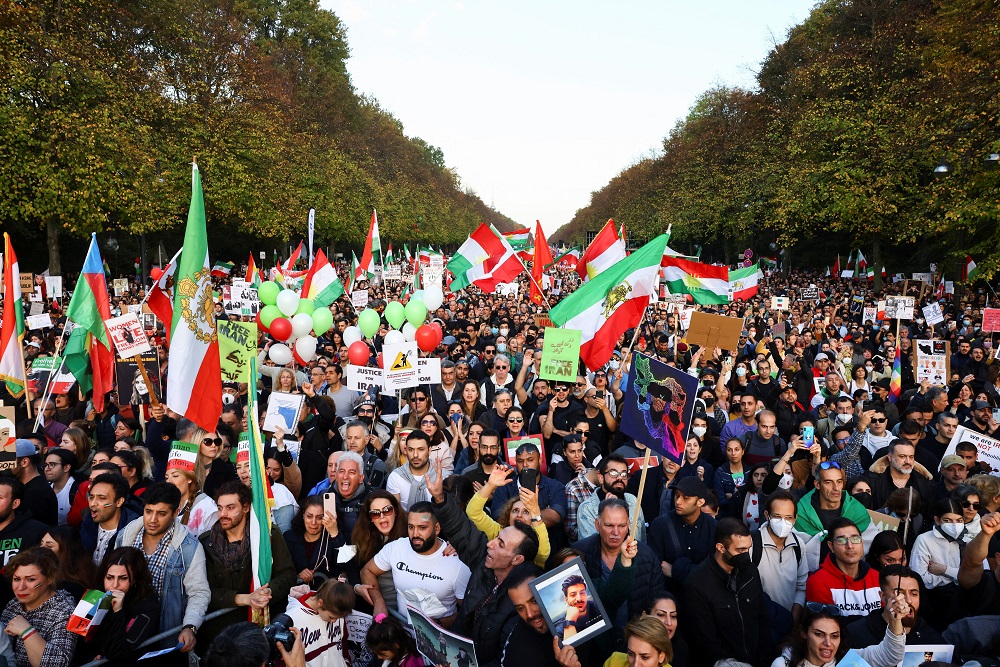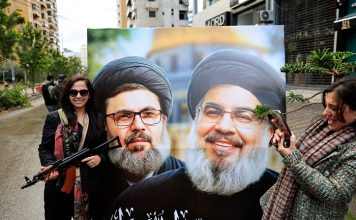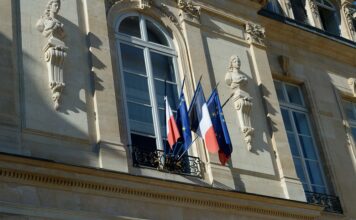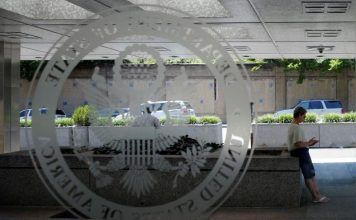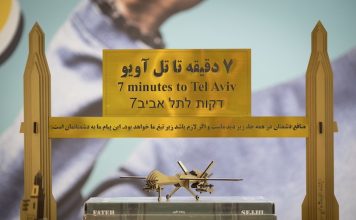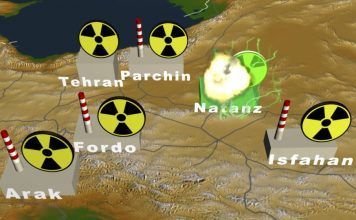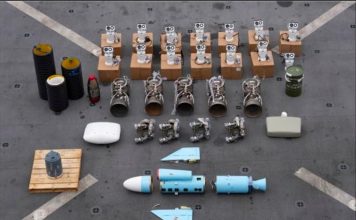By Ahmad Rafat
The nationwide protests in Iran, sparked by the death of Mahsa (Zhina) Amini, a 22-year-old woman who died in the custody of the morality police on Sept. 16 in Tehran, have entered their seventh week.
Mahsa (Zhina) Amini has become a secret codename for what the international community now understands as a freedom movement in Iran with the slogan “Women, life, freedom.”
ANALYSIS: Women-Led Protests Are Shifting the West’s Attitude Towards Iran
Protesters continue to pour into the streets in greater numbers, despite repeated warnings by Iran’s Supreme Leader Ali Khamenei, and the Commander of the Islamic Revolutionary Guards Corps, Major General Hossein Salami.
According to several human rights groups, an estimated 304 people had lost their lives in the recent protests as of Nov. 4, including 41 children.
Another report said 16 people were killed on Nov. 4 alone, including four children, in Khash, in the southeastern province of Sistan and Baluchestan.
Javaid Rehman, the UN Special Rapporteur for Human Rights in Iran, recently said that some 14,000 people had been arrested during the recent protests.
Mahsa Amini, a native of Saqqez, in the western province of Kurdistan, was detained by the morality police outside a metro station in Tehran on Sept. 13 for allegedly violating the Hijab Law.
According to eyewitness accounts, she was beaten while being transported in a police van. She died in the hospital on Sept. 16 after spending three days in a coma.
The nationwide protest has only grown since Amini’s death, despite a brutal crackdown by the riot police, plainclothes Basij (volunteer militias), and security units.
Many people have dubbed the current protests, which are markedly different from all previous ones, as a “women’s revolution.”
Mahsa (Zhina) Amini’s death, while in the custody of the morality police, immediately elevated her into a symbol of resistance for Iranian women, who have been humiliated both legally and in their daily life by the oppressive policies of the Islamic Republic for the past 43 years.
Her arrest for allegedly violating the Hijab Law galvanized Iranian women who see the mandatory hijab as the blatant symbol of systematic oppression of women.
Reports of a young girl being beaten and tortured in police custody outraged the Iranian public and sparked widespread protests.
What is also different about the current unrest compared to previous waves is that the Iranian authorities tried to cover up the crime and hide the truth by offering implausible explanations for Amini’s death, which further fueled public anger.
The Islamic Republic’s discriminatory practices against religious and ethnic minorities might have also played a role in the mistreatment and eventual death of Mahsa Amin, an ethnic Kurd.
In the past 43 years, the world has witnessed the Islamic Republic’s institutionalized oppression of women, brutal treatment of dissidents, arrests of people on trumped-up charges, murders of innocent people in police custody, outrageous lies to explain away its crimes, and persecution of ethnic and religious minorities.
Iran Accused of “Crimes Against Humanity” at Aban Tribunal in London
However, the Islamic Republic committed all of these crimes against one young woman this time, providing the Iranian public a conduit for releasing a pent-up anger that has been boiling for the past four decades.
The slogan “Women, life, freedom” encapsulates Iranian society’s wishes, hopes, and demands.
The word ‘women’ in this slogan denounces the systematic discrimination and humiliation of women, which are half of the Iranian population.
The word ‘life’ in the slogan defies a bloody and violent culture promoted by a state that holds martyrdom as its sacred cornerstone. While Ayatollah Ruhollah Khomeini’s 1979 Islamic Revolution glorified martyrdom, the current revolution in Iran celebrates the sanctity of life.
Social, political, and individual freedoms have been non-existent under the Islamic Republic’s rule in the past four decades. The regime refuses to and is unable to give freedom to its citizens, because any form of freedom will undermine the Islamic Republic’s authoritarian governing system.
[aesop_image img=”https://kayhanlife.com/wp-content/uploads/2022/11/women2.21jpg.jpg” panorama=”off” credit=”#IranProtests, November 2022. KL./” align=”center” lightbox=”on” captionsrc=”custom” captionposition=”left” revealfx=”off” overlay_revealfx=”off”]
Although it is impossible to predict an exact day of victory, there are signs that the “Women, life, freedom” revolution will continue until the demise of the Islamic Republic.
Revolution is a marathon run, not a 100-meter dash. It requires planning, patience, and persistence. Young people who lead the protests in big cities and small towns know this well. They do not believe any longer that a few widespread street protests can change the regime. They have devised a long-term plan and strategy, apparent in recent protests.
Strikes, protests, and a weakened state are necessary for toppling a despotic regime. Geography and demographics shape protests. People from all walks of life have recently been protesting across Iran.
The middle class joined the “Green Movement” to contest the results of the presidential elections in the summer of 2009, which handed the incumbent, Mahmoud Ahmadinejad, a second term in office.
The 2018 and 2019 nationwide protests were sparked by the high cost of living and a massive hike in the price of gasoline, which disproportionately affected the impoverished segment of the population.
The current protests have spread to some 200 cities across the country. People have poured into the streets, increasing public pressure on the regime.
The slogan “Women, life, freedom” encompasses and captures all people’s demands, which has given impetus to the protests in the past seven weeks.
Strikes, which mark the second phase of a revolution, have already started. However, they are not widespread enough to pose a serious economic threat to the regime and bring about its downfall.
Nonetheless, the Islamic Republic regime is crumbling, with artists, athletes, academics, authors, lawyers, doctors, medical staff, and a small segment of the armed forces denouncing the state’s actions.
A collapsing regime faced with continued strikes finds itself in a tight spot.
Even if the regime were to commit a shocking crime such as a mass killing of protesters, it would not dissuade people from pouring into the streets.
The experience of the past seven weeks of the “Women, life, freedom” revolution has shown that with every protester’s death, more people, who were mere spectators up to now, come out into the streets.
The regime has used every known tactic to crush the protests in the past 50 days without success.
The protests started with university students marching in the streets, later joined by high school and even middle school students. Footage on social media showed children as young as 10 years old shouting, “death to the dictator.”
In the first days of the new wave of protests, girls across the country removed their headscarves, but later they were joined by women who wore the hijab but protested the mandatory hijab.
The protests have grown so much in size and scope that the West and the international community cannot ignore the developments in Iran. They cannot ignore the cries of “death to the dictator” heard across Iran.
The G7 foreign ministers, the UN Security Council, and various governments and parliaments worldwide have included the “Women, life, freedom” revolution on their discussion agenda.
G7 Wants to Ensure Iranians ‘Can Communicate With Each Other, Outside World’ – Secretary Blinken
The international community’s concerns over events in Iran could be a decisive factor in the ongoing protests.
Even more important than what government officials and diplomats say is the support of international civil society for the “Women, life, freedom” revolution, which is growing worldwide every day.
That support has been heard in Iran and strengthened the people’s resolve to remain defiant.




